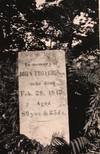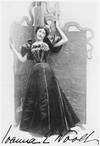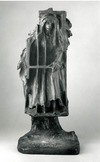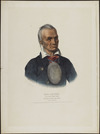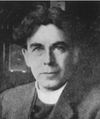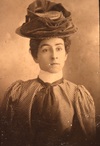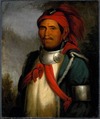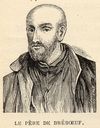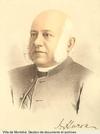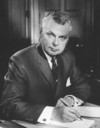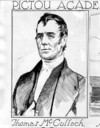. . . . He possessed a thorough knowledge of witches, their ways and doings, and the art of expelling them, and also the use of the Divining Rod with which he could not only find water, but could tell how far
over the pseudonyms “Albyn” and “the Bard of Ellenvale.” The witch of the Westcot; a tale of Nova-Scotia, in three cantos was an ambitious work. An historical tale in verse, it
absolution to certain women whom he denounced as witches. Louis Tronson, superior of the seminary of Saint-Sulpice in Paris, had no alternative but to recall him in
by English novelist Mary Russell Mitford. The Canadian Magazine, which praised her depiction of Ontario rural life in Judith Moore, later faulted A daughter of witches
-wisps and witches on the Île d’Orléans. After Sir James MacPherson Le Moine* in his article “Marie-Josephte Corriveau, a
congregation. Harmony prevailed for some time afterwards, but around 1816 a blistering sermon in which Ross ridiculed belief in witches and fairies resulted in the desertion of part of his flock. The arrival in
. He wintered at Witch Lake (perhaps Good Spirit Lake, Sask.). Undaunted, Cocking described this new territory in his journal and sought to attach to the company the stranger Indians he met. He set off
his people. When a Seneca was tried for executing a witch in 1821, Red Jacket took the stand in his defence. In 1824 he even managed to expel white missionaries from the Seneca reservations for a short
: The witch of Endor (1916), which is dedicated to Blackburn, and The man of Kerioth
scattered the population and for which the witch doctors blamed the fathers, as the French were not affected.
Between this first mission with Father
Qui-witch.
Amelia Paget’s People of the plains is a remarkable and unconventional book. It contains none of the pejorative
before the witch-hunt ceased. In May, Tenskwatawa conducted a similar purge among the Wyandots on the Sandusky River, but pro-American chiefs interceded to save the accused
against Brébeuf and his companions. For months on end, under the direction of the witch doctors, a clever campaign was carried on, made up of hypocritical insinuations, then of open and violent threats
the letters or responding only to the charges they made, he and the Huron College council had conducted a witch-hunt. Except for the anti-Semitism, it is hard to disagree with the judgement of an
who were writing poetry in the style of Robert Burns partly because they wished to keep alive the lore of “witches, warlocks, brownies, and fairies” now being frightened off by “steam, wheels and
Munsinger, who had apparently been a low-level Soviet agent. The Globe and Mail called the inquiry’s terms of reference “vague, vengeful, prosecutory . . . setting a precedent for endless witch-hunts
with “popery and the progress of Lollardism in the west of Scotland not forgetting a due quantity of witches kelpies and other gods whom our fathers worshipped.” Set in McCulloch’s boyhood haunts during






